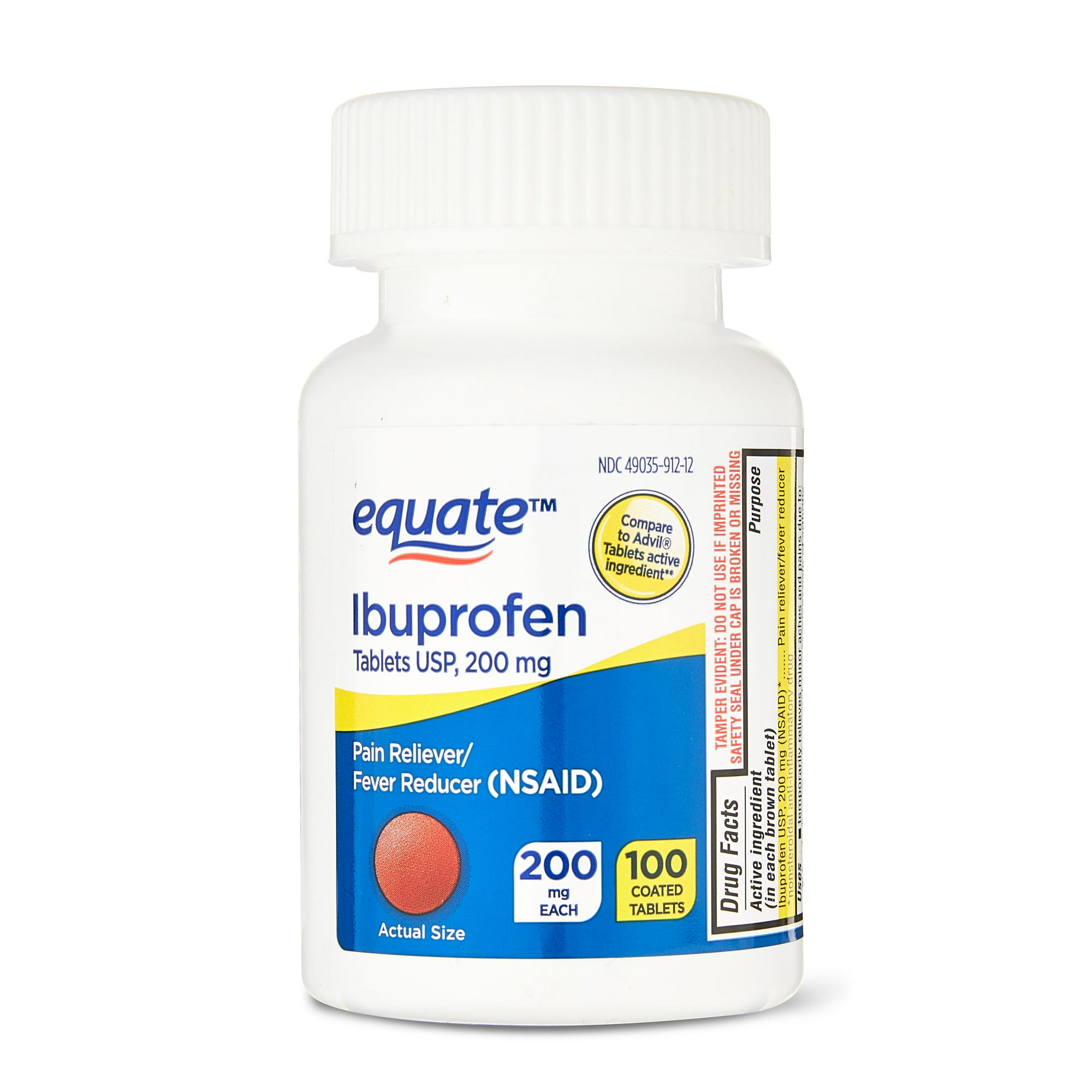What are the symptoms of swimmer’s shoulder?
Swimmer’s shoulder, often referred to as shoulder impingement or rotator cuff tendinitis, is a common condition among swimmers and other athletes. Symptoms include:
- Shoulder Pain: Pain is usually felt in the shoulder, particularly in the front or outer part. It may worsen with activity or overhead movements.
- Limited Range of Motion: Difficulty in moving the shoulder, especially when lifting the arm or reaching overhead.
- Shoulder Weakness: A feeling of weakness or instability in the shoulder, which may affect performance and daily activities.
- Tenderness: Tenderness in the shoulder area, often localized around the rotator cuff tendons or the bursa.
- Swelling: Mild swelling or inflammation may be present around the shoulder joint.
- Clicking or Popping: Some individuals may experience a clicking or popping sensation in the shoulder during movement.
- Pain at Night: Pain that disrupts sleep or is more noticeable at night, especially when lying on the affected side.
These symptoms often result from repetitive stress or overuse of the shoulder, which can cause inflammation and irritation of the rotator cuff tendons and surrounding structures.
What are the causes of swimmer’s shoulder?
Swimmer’s shoulder, often resulting from shoulder impingement or rotator cuff tendinitis, is typically caused by:
Inadequate Warm-Up: Failing to properly warm up before swimming or engaging in other shoulder-intensive activities can increase the risk of injury.
Repetitive Overhead Movements: Frequent and repetitive overhead actions, such as those involved in swimming strokes (e.g., freestyle, butterfly), can lead to irritation and inflammation of the rotator cuff tendons and bursa.
Improper Technique: Poor swimming technique or stroke mechanics can place excessive stress on the shoulder, leading to injury. For example, incorrect arm positioning or overexertion can exacerbate problems.
Muscle Imbalances: Imbalances between the muscles of the shoulder and upper back can contribute to improper shoulder mechanics and increased risk of injury.
Shoulder Instability: Weakness or instability in the shoulder muscles and ligaments can make the shoulder joint more susceptible to injury and irritation.
Overuse: Excessive training or sudden increases in activity levels without adequate rest can lead to overuse injuries in the shoulder.
Previous Injuries: Prior shoulder injuries or conditions can increase the risk of developing swimmer’s shoulder.
Poor Posture: Poor posture or alignment issues can affect shoulder mechanics and contribute to the development of shoulder problems.
What is the treatment for swimmer’s shoulder?
Treatment for swimmer’s shoulder typically focuses on reducing pain, improving shoulder function, and preventing further injury. Common approaches include:
- Rest and Activity Modification: Reducing or avoiding activities that exacerbate shoulder pain, particularly overhead movements, allows the shoulder to heal.
- Ice Therapy: Applying ice packs to the affected shoulder can help reduce inflammation and numb pain. Ice should be applied for 15-20 minutes several times a day.
- Anti-Inflammatory Medications: Over-the-counter nonsteroidal anti-inflammatory drugs (NSAIDs) like ibuprofen or naproxen can help manage pain and reduce inflammation.
- Physical Therapy: Engaging in physical therapy can help strengthen the shoulder muscles, improve flexibility, and correct any imbalances or poor mechanics contributing to the condition. Therapy may include stretching, strengthening exercises, and techniques to improve posture and movement patterns.
- Shoulder Exercises: Specific exercises to strengthen the rotator cuff and scapular stabilizers can improve shoulder stability and function. These exercises are often recommended by a physical therapist.
- Technique Adjustment: Evaluating and adjusting swimming technique or stroke mechanics with the help of a coach or therapist can help prevent further strain on the shoulder.
- Heat Therapy: After the initial inflammation has decreased, applying heat to the shoulder can help relax muscles and improve blood flow.
- Restorative Measures: Ensuring proper rest and recovery, including sufficient time between training sessions, is important for shoulder health.
- Corticosteroid Injections: In cases of severe inflammation or pain that does not respond to other treatments, corticosteroid injections may be considered to reduce inflammation and provide temporary relief.
If symptoms persist or worsen despite these treatments, further evaluation by a healthcare provider or orthopedic specialist may be necessary to explore other interventions or address potential underlying conditions.

Leave a Reply
You must be logged in to post a comment.